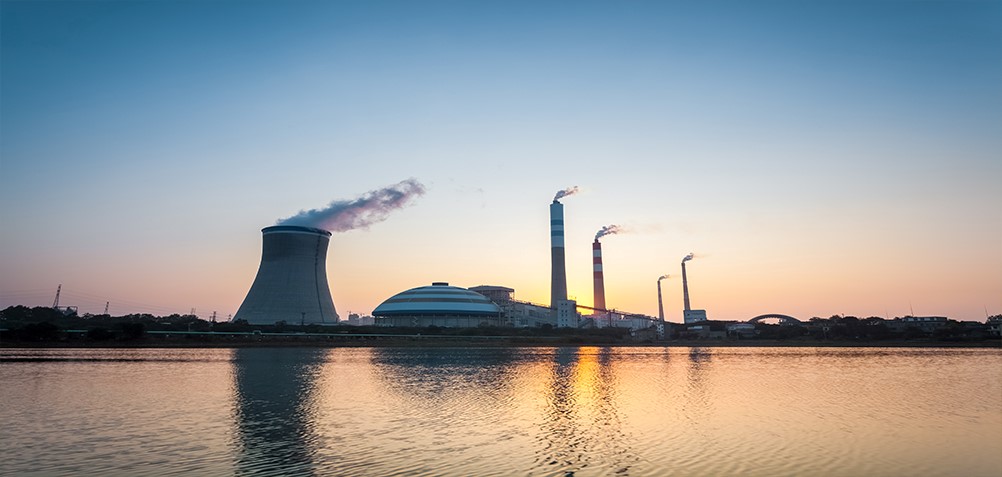
Have We Seen Peak Coal in South East Asia?
South East Asia is an area that fascinates outsiders, an increasingly important trade and innovation hub, it is seen as an area of great economic opportunity. In the last year the digital economy of South East Asia grew 39% to hit the milestone of $100bn per annum. I’ve previously also written of the amazing boom in the solar energy market in Vietnam. However, it may shock a lot of people to learn that South East Asia is in fact the only place in the world where coal has a growing share of the energy mix. Three of the top 10 coal power pipelines are found in South East Asia and Indonesia, the world’s fifth largest fossil fuel producer has built new coal power plants as recently as this year. Given the vulnerability of the region to climate change, this coal dependency for the region is quite stunning. In this article, we will look at two different countries in South East Asia (Indonesia and Cambodia) and how they are trying to transition to cleaner energy.
Indonesia – Geothermal Energy
Indonesia is a good place to start looking at renewable energy in South East Asia. Indonesia faces some of the most unique challenges for energy infrastructure. The fourth most populous country in the world and the largest island nation, the country is made up of over 17,000 islands. The country is home to significant natural resources which has probably contributed to a historic reluctance to abandon fossil fuels, in fact fossil fuels account for 88% of Indonesia’s energy mix.
However, moves are being made to help transition the country to clean energy. A significant move came last year, Indonesia came up with an innovative move in Islamic Finance with the first sovereign green sukuk, a bond that complies with the sharia, Islamic religious law. The government has also secured funding from the World Bank to develop geothermal energy options which are seen as crucial if the country is to reach its target of 23% renewable energy by 2025. Indonesia is already home to 1.9GW of geothermal energy and will aim to add a further 4.6GW.
Beyond geothermal there has been some controversy surrounding a 200MW floating solar scheme at the Cirata Dam, with uncertainty over the results of a tender process for the project. More promisingly there are some interesting wind schemes coming to Indonesia. However, the country will continue to struggle because it is made up of so many islands and so many island grids. A long-term hope is that marine based energy systems develop better yields and efficiencies in the future which would play to the strength of Indonesia.
Cambodia – Solar and Bioenergy
I’ve previously written about Vietnam, another major coal user in the region, so thought it would be interesting to look at it’s neighbour Cambodia. On the surface Cambodia might seem a strange choice. Afterall Cambodia in 2018 generated 62% of its energy from renewable sources. However, most of that generation comes from hydropower, which is hard to expand beyond its current threshold and like most of South East Asia, Cambodia has a fast-growing economy and that requires energy, which has been satisfied by coal imports.
The Cambodian government should be credited with a forward-looking attitude to clean energy. The country has made undertaken several initiatives to increase its renewable energy capability. With solar energy there has been a scheme running since 2012 to bring solar power to rural homes. Support for solar has also been forthcoming from the Asia Development Bank which has previously funded a 10MW scheme and has recently provided funding for a 100MW scheme.
Elsewhere Cambodia has been very active in exploring biofuels and biogas. The UN is leading a biogas scheme to support rural areas, whilst Chinese and Malaysian investors are helping to develop biofuel from rice husks and old rubber trees.
It is likely that solar will make the biggest difference for Cambodia in moving away from coal.
Conclusions
The most encouraging sign for South East Asia is that new coal plants are being built at a decreasing rate over the last two years. The challenge for South East Asia is twofold, the first problem is a global issue, how do countries manage economic growth and do so cleanly. It’s a significant problem, in more developed economies more data intensive industries are soaking up new renewable energy capacity and for developing economies the lure of coal to aid economic growth can be too strong to resist. The second challenge is more local e.g. Indonesia has unique challenges, no other country has to contend with so many islands. There are some common solutions, the first is good international support, loans and funding from the ADB and World Bank are helping to develop clean energy resources. The second trend is seen from Cambodia, where the country is engaging well with the private sector to help develop new projects. As long as the will remains to push forward with a clean energy transition then we have hopefully seen peak coal in South East Asia.
